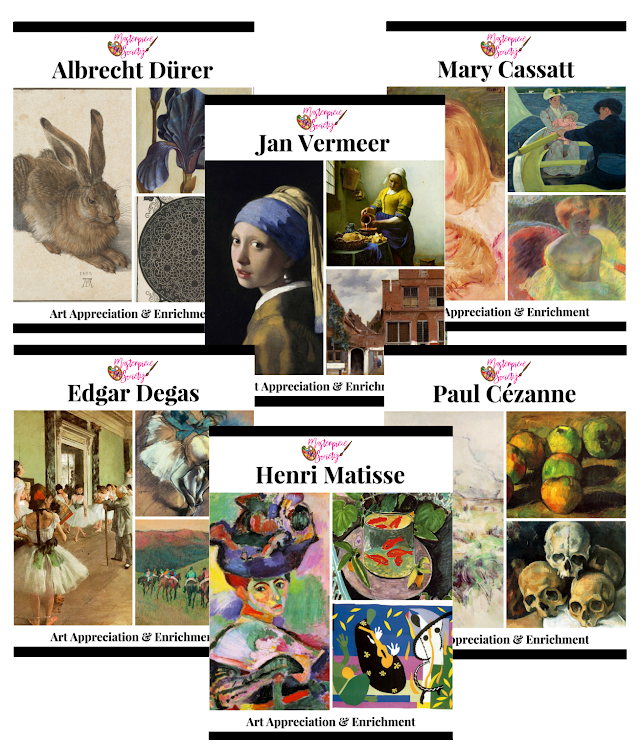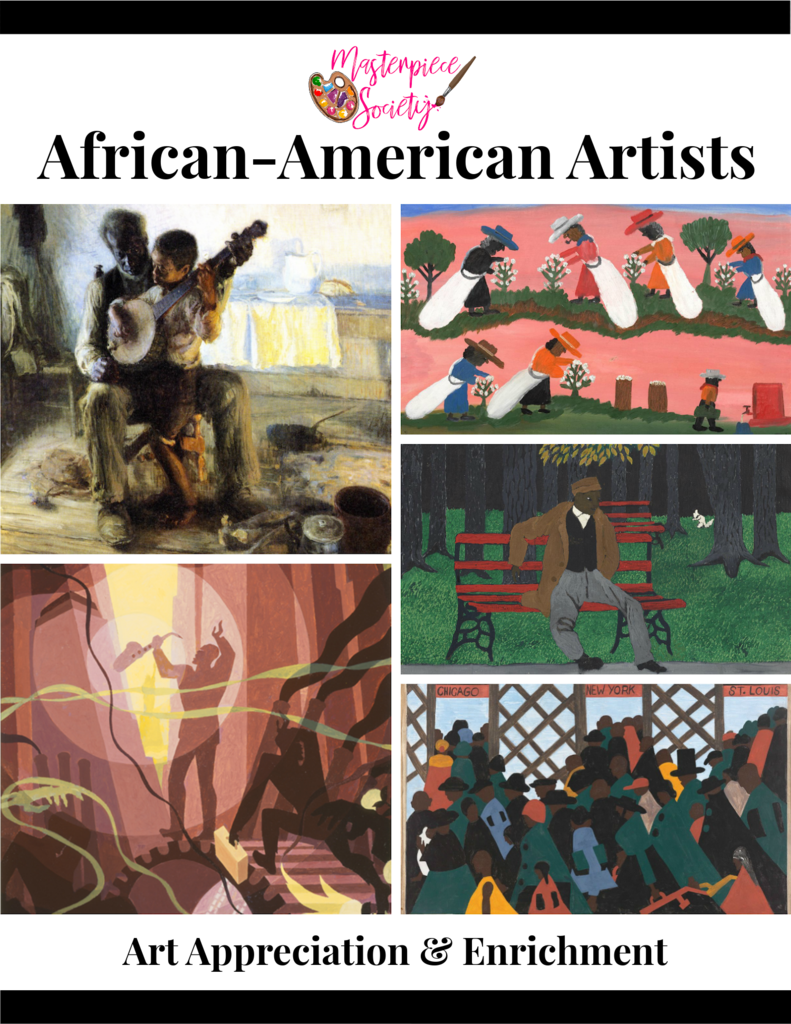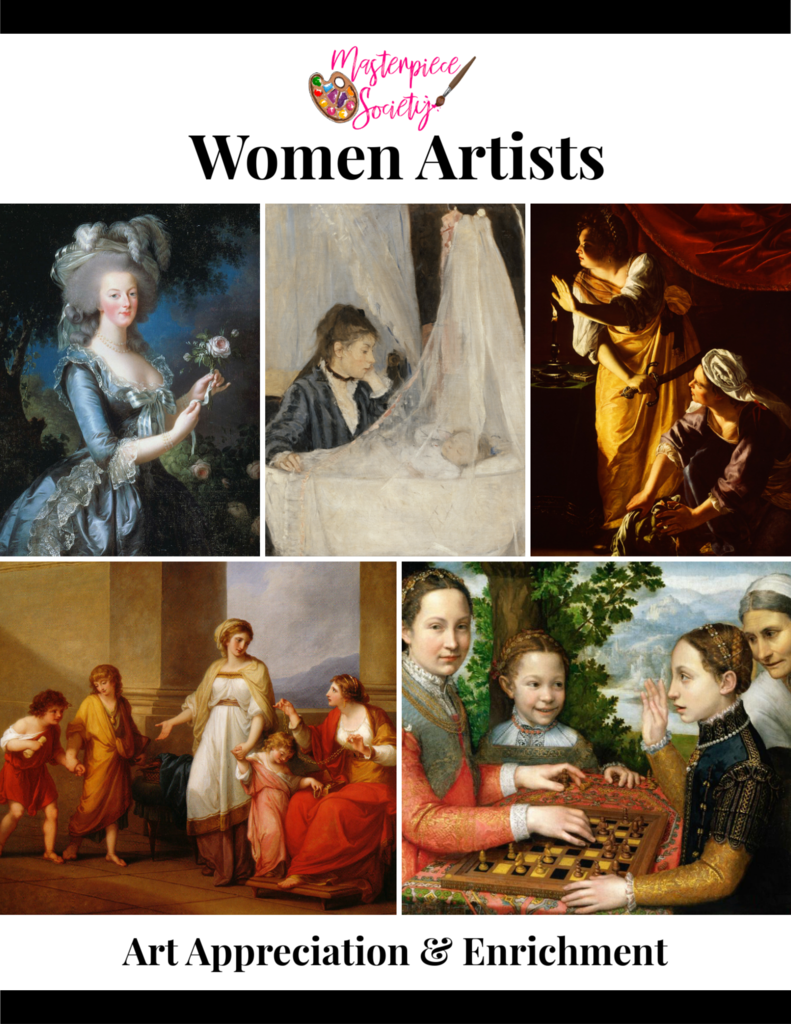
Secret Garden Nature Study: Yorkshire Moors
In The Secret Garden, young Mary Lennox arrives at Misselthwaite Manor surrounded by the wide, wind-swept moors of Yorkshire — a landscape both desolate and alive with hidden beauty. At first, Mary sees only the gray emptiness, but as her heart awakens, so too does her awareness of the moors’ quiet wonders: the call of the skylark, the bright sweep of gorse and heather, and the sturdy creatures that thrive in the wild air.
In this study, we’ll step into Mary’s world and explore the natural history of the Yorkshire moors deepening our understanding of the setting that helped bring a secret garden (and a few hearts) back to life.
We have provided you a set of nature study cards in our PDF packet (so be sure to download it), and I’m showing you how to use them with a nature journal. I use watercolors, but your kids and teens should feel free to use colored pencils if they prefer.
Be sure to check out all of The Secret Garden inspired activities here.
Sign up below to receive your bonus gifts!!!
This 56-page PDF packet contains our free gifts to you: tea time recipes, nature cards, poetry copywork, “The Old-Fashioned Garden,” by John Russell Hayes, and “The Deserted Garden,” by Elizabeth Barrett Browning, in primary, elementary, cursive, and high school formats, poetry notebooking page, a picture study of Garden in Full Bloom by Percy Robert Craft, picture study notebooking page, PLUS a bonus art lesson from the Masterpiece Society!


How to Use Nature Cards in Your Secret Garden Nature Study
Here is an example of how you can use our nature cards in your homeschool:
Bronte Country: West Yorkshire Moors, Haworth UK
Just listen to the wind “wutherin'” across the moors! Then scroll down for a good laugh as my husband tried to get a pic of us. I look like “Cousin Itt” from the Addams Family. Not sure why his hair looked fine. 🤣



Secret Garden Nature Study
Heather — Calluna vulgaris
“…the big breaths of rough fresh air blown over the heather filled her lungs with something which was good for her whole thin body and whipped some red color into her cheeks and brightened her dull eyes when she did not know anything about it.”
The Secret Garden, Chapter V

- Heather is a flowering shrub that is native to Europe as well as the Faroe Islands, Iceland, and the Azores, and it is one of the main plants that cover Europe’s moorlands.
- Heather comes in many colors, including shades of white, pink, purple, and red.
- Heather, particularly white heather, is thought to be lucky in Scotland and is celebrated as a symbol of their country.
- Heather is extremely cold-resistant and can withstand temperatures well below freezing.
- Honey can be produced from heather flowers, and it is considered a delicacy by many, with a distinctive flavor that sets it apart from other honey.
Gorse — Ulex europaeus
“Yorkshire’s th’ sunniest place on earth when it is sunny. I told thee tha’d like th’ moor after a bit. Just you wait till you see th’ gold-colored gorse blossoms an’ th’ blossoms o’ th’ broom, an’ th’ heather flowerin’, all purple bells, an’ hundreds o’ butterflies flutterin’ an’ bees hummin’ an’ skylarks soarin’ up an’ singin’. You’ll want to get out on it at sunrise an’ live out on it all day like Dickon does.”
Martha, The Secret Garden, Chapter VII
- Gorse is a flowering shrub that is from Western Europe. The leaves and stems are green, while its flowers are a cheery yellow.
- Gorse flowers are said to give off a scent that is reminiscent of coconut.
- Gorse seeds fall from their pods in hot weather and can be planted for up to 30 years after they are first produced.
- Gorse has adapted to survive fire. While it burns very quickly, it also grows back rapidly from its roots after being burned, and its seeds will germinate even after being scorched.

Rowan Tree — Sorbus aucuparia
“It’s the most beautiful place,” protested Mary. “Thousands of lovely things grow on it and there are thousands of little creatures all busy building nests and making holes and burrows and chippering or singing or squeaking to each other. They are so busy and having such fun under the earth or in the trees or heather. It’s their world.”
The Secret Garden, Chapter XIV

- Rowan trees, also known as mountain ash, are a species of trees and shrubs that grow in the woodlands of the Northern Hemisphere, and are particularly found in Himalaya, China, and Tibet.
- The name “mountain ash” is due to how closely its leaves resemble those of an ash tree, while the name “rowan” comes from an old Germanic root word meaning “red” due to the bright red color of the berries it produces.
- Rowans are relatively short-lived, only surviving for about 80 years, which is typically young for a tree.
- In both English and Scottish folklore, rowan was thought to ward off evil, and thus was often planted or used to make tools.
Mistle Thrush — Turdus viscivorus
“Her garden was her nest and she was like a missel thrush”
The Secret Garden, Chapter XIII
- The mistle thrush is the largest songbird in the UK, but can be found throughout Europe, North Africa, and Asia.
- Its name comes from its fondness for feeding on mistletoe berries, although they eat many varieties of berries and seeds.
- The male mistle thrush sings loudly even in poor weather conditions, such as storms, earning it the nickname ‘stormcock.’
- A mistle thrush will aggressively defend its nests and chase away predators. For this reason, it has formed a symbiotic relationship with a different species of bird, the common chaffinch, which often builds their nests nearby. The chaffinch is watchful and will spot potential enemies, while the mistle thrush chases them away.

Pin Me!
























